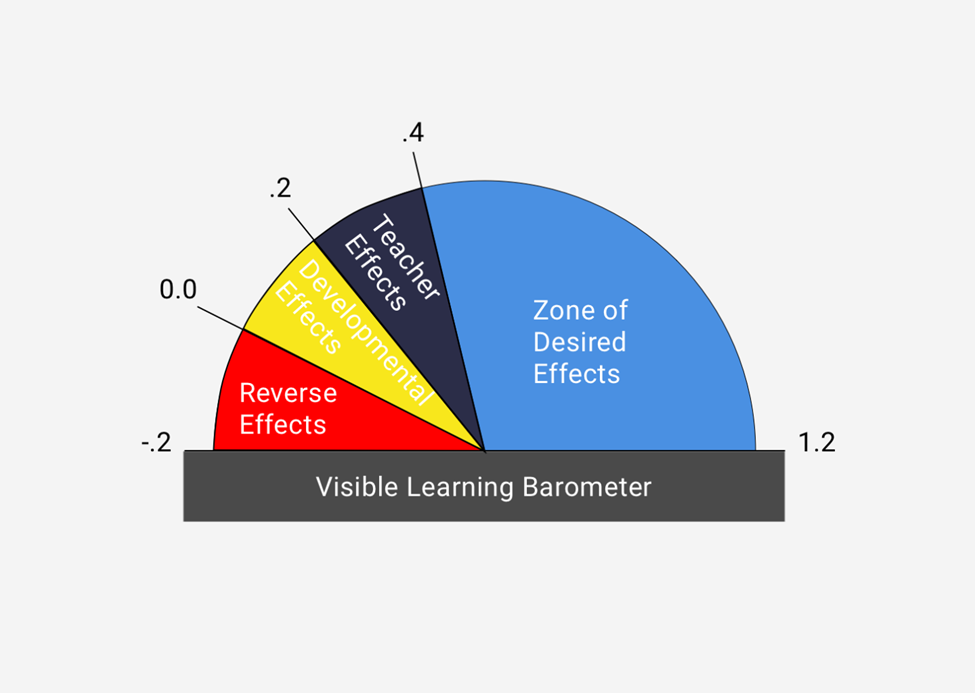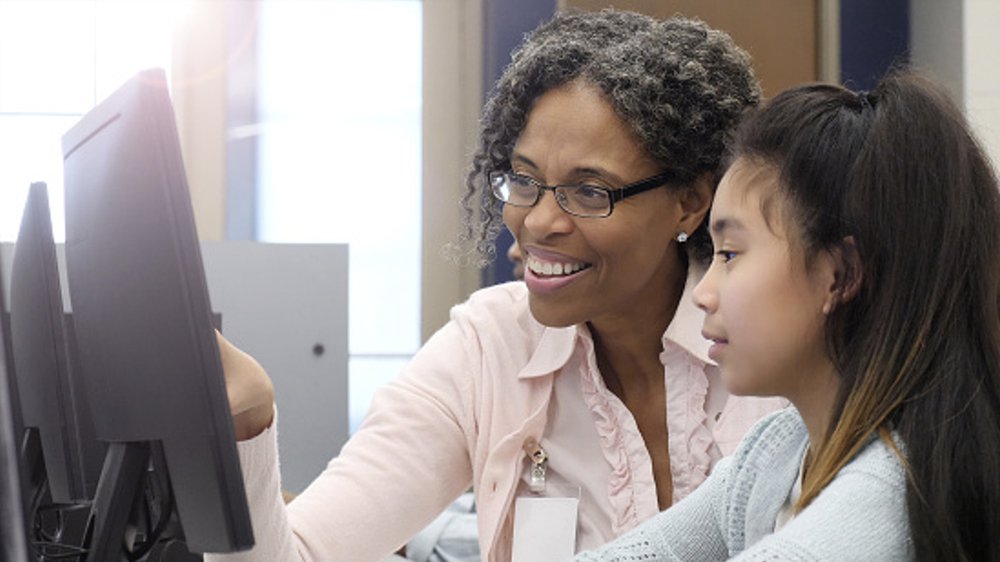Right now, across much of the world, parents are holed up with their children and performing the role of educator, or else they are playing the role of a Hybrid educator, filling in part time while students are home because of COVID surges or teacher shortages. In this continuing Covid-19 world, we’re all getting a crash course in teaching. Many parents are asking a familiar question to teachers.
Hey, does this work?
“This” being the way we’re teaching. Are my kids learning by reading a book? By filling out an online worksheet? By sitting in a Zoom class? By me hopelessly sketching out the “old” way of doing math on scratch paper? What is likely to increase my child’s achievement?
Sometimes we find ourselves asking a variation of the question. Is there a better way to do this?
Is it better for my daughter to watch a YouTube video on photosynthesis or help me plant seeds in the garden and listen to me explain sun-to-food in a different context? Both strategies help her learn. But if constrained with time and life (which, admittedly is a bit more open and slower at this moment), what makes the most sense?
Is there a way to know? And as a teacher, what should you be telling your parents?
Visible Learning
Fortunately, scientists and social scientists have focused their attention on what works with learning. Cognitive scientists examine the question from the perspective of how the brain works. Relatedly, social scientists study and explore how differing academic pedagogies affect academic outcomes. In short, we have a lot of studies.
Making sense of them is a bit of a challenge.
Which is where John Hattie comes in to help synthesize and model what works, based on research. Hattie does this by combining a variety of meta-analyses. A meta-analysis is a statistical analysis that takes multiple studies that address the same (or sometimes similar) question and attach a broader conclusion. Hattie published a study called “Visible Learning” that ranks the top 252 influences in academic outcomes. He does this by linking an effect size to each influence.
Effect Size
Effect size plays a critical role in determining what we should pay attention to when making choices in education. What is effect size?
In statistics, an effect size is a quantitative measure of the magnitude of a phenomenon. Effect size is an essential component when evaluating the strength of a statistical claim.
The larger the effect size number, the stronger the relationship between the variable of academic outcome and influence. In educational studies, we typically see effect sizes ranging from -.5 to +1.75. While there is debate on what the cutoffs should be when it comes to making a decision based on effect sizes, most folks consider an effect size of +.3 or below to mean small impact while anything above .7 to indicate a high level of impact. John Hattie uses .4 as the cutoff for desired outcomes in education.

This is an essential concept. Nearly everything has an influence on a related variable when doing a study. Some argue the fact that we’re observing means we have an impact. Some things have more significant influence.
In short, everything works. Some things work better than others.
We all are finite resources. We can only do so much. Given that simple fact, what should we spend our time on when it comes to educating kids?
About the author
Zach Vander Veen has worn many hats in education, including history teacher, technology coach, administrator, and director of technology. He loves learning, teaching, traveling and seeking adventures with his family. Currently, Zach is the co-founder and VP of Development and Customer Success at Abre.io, an education management platform.










